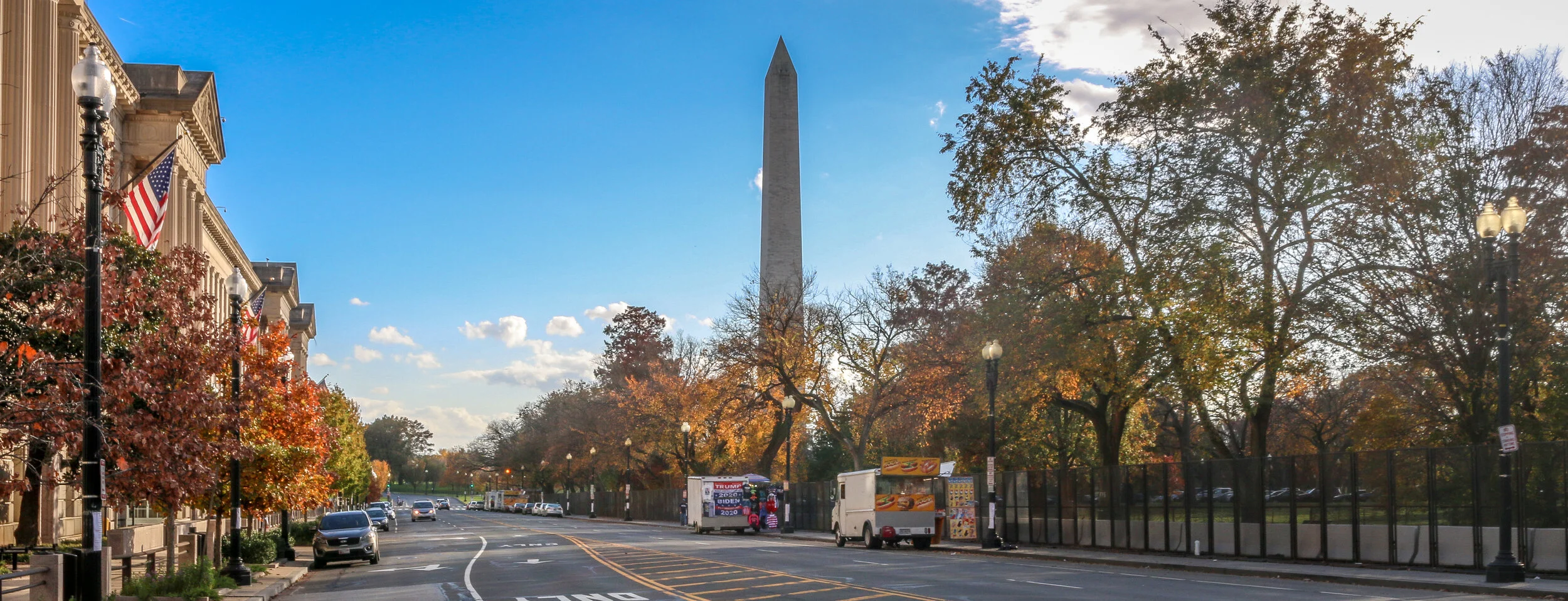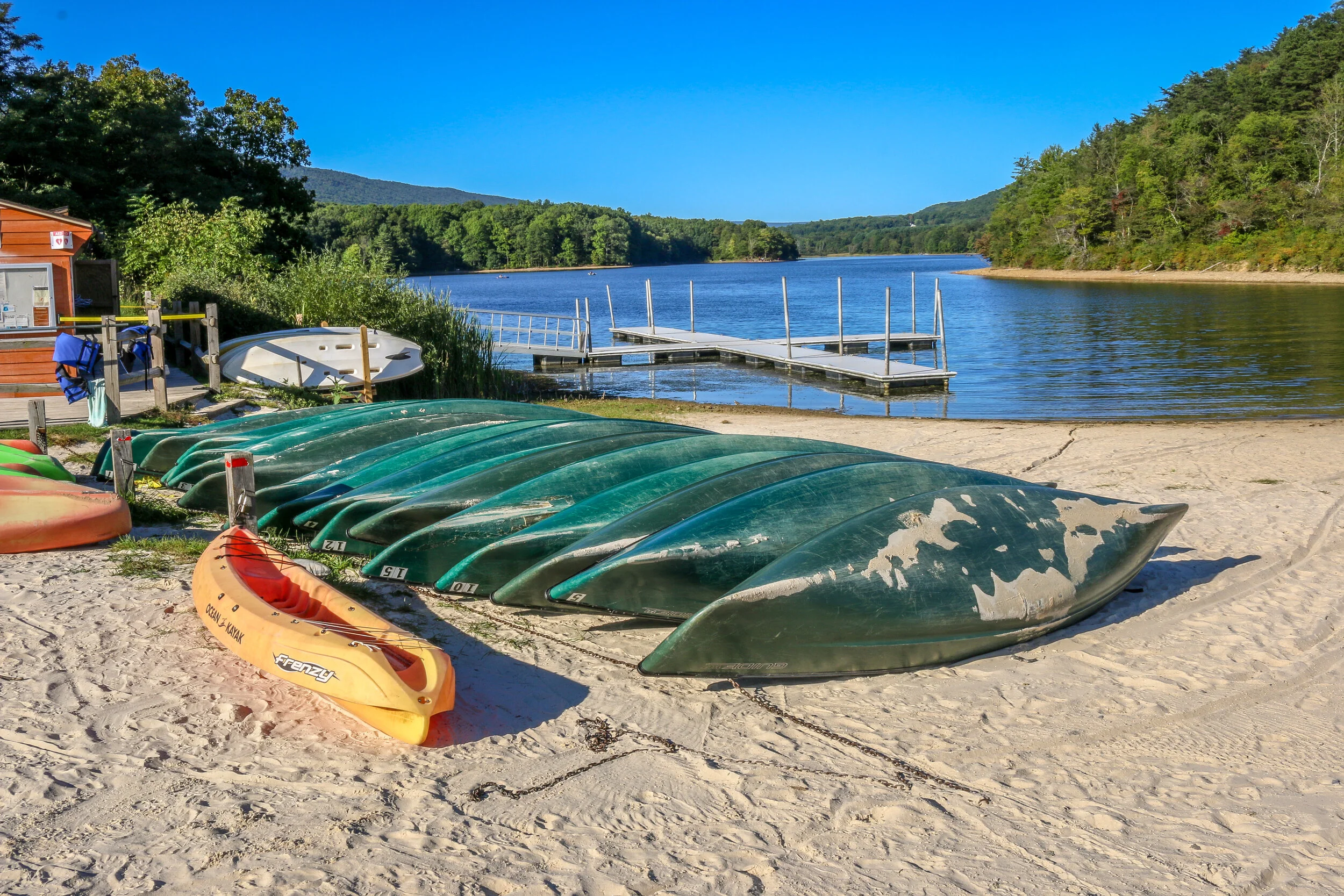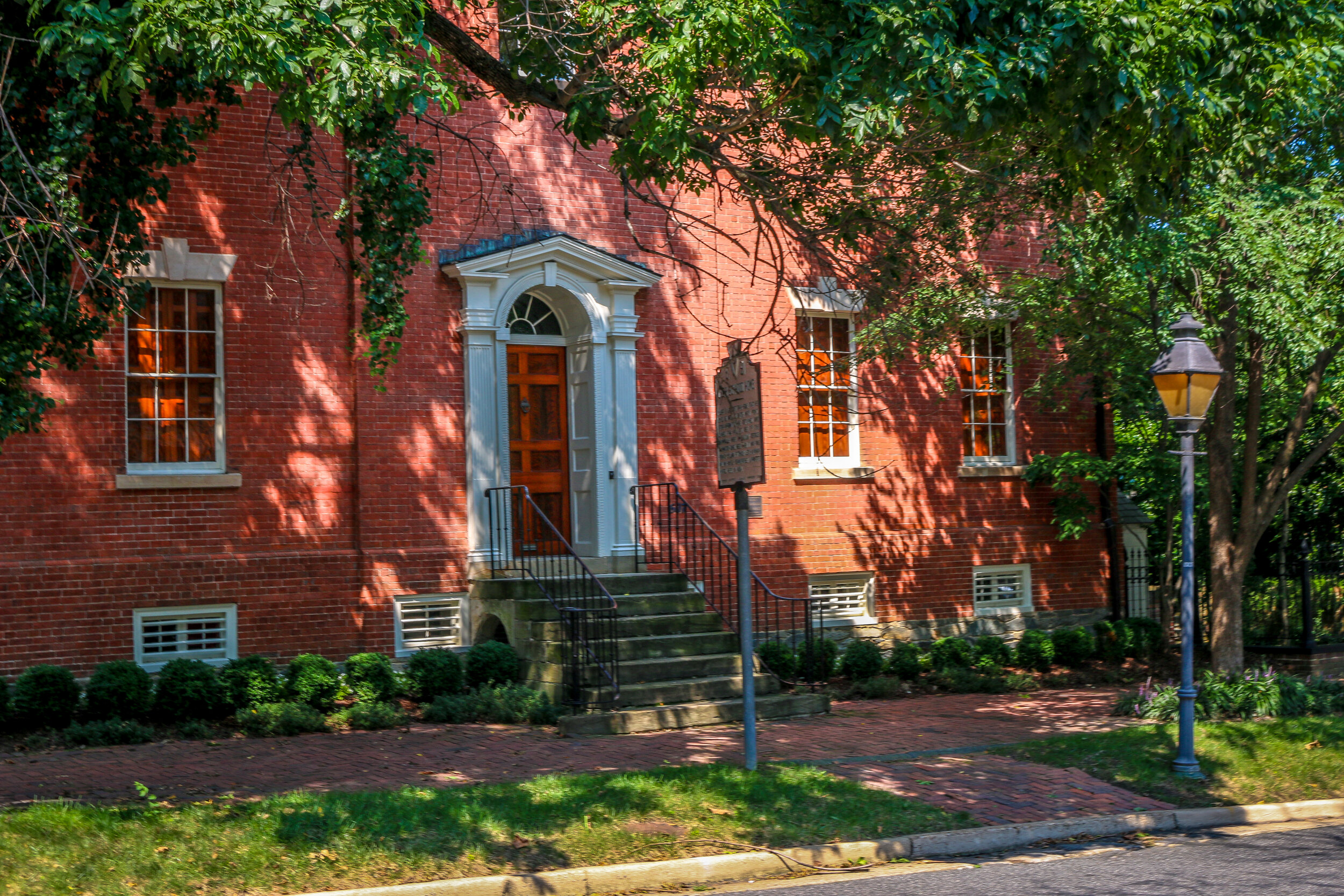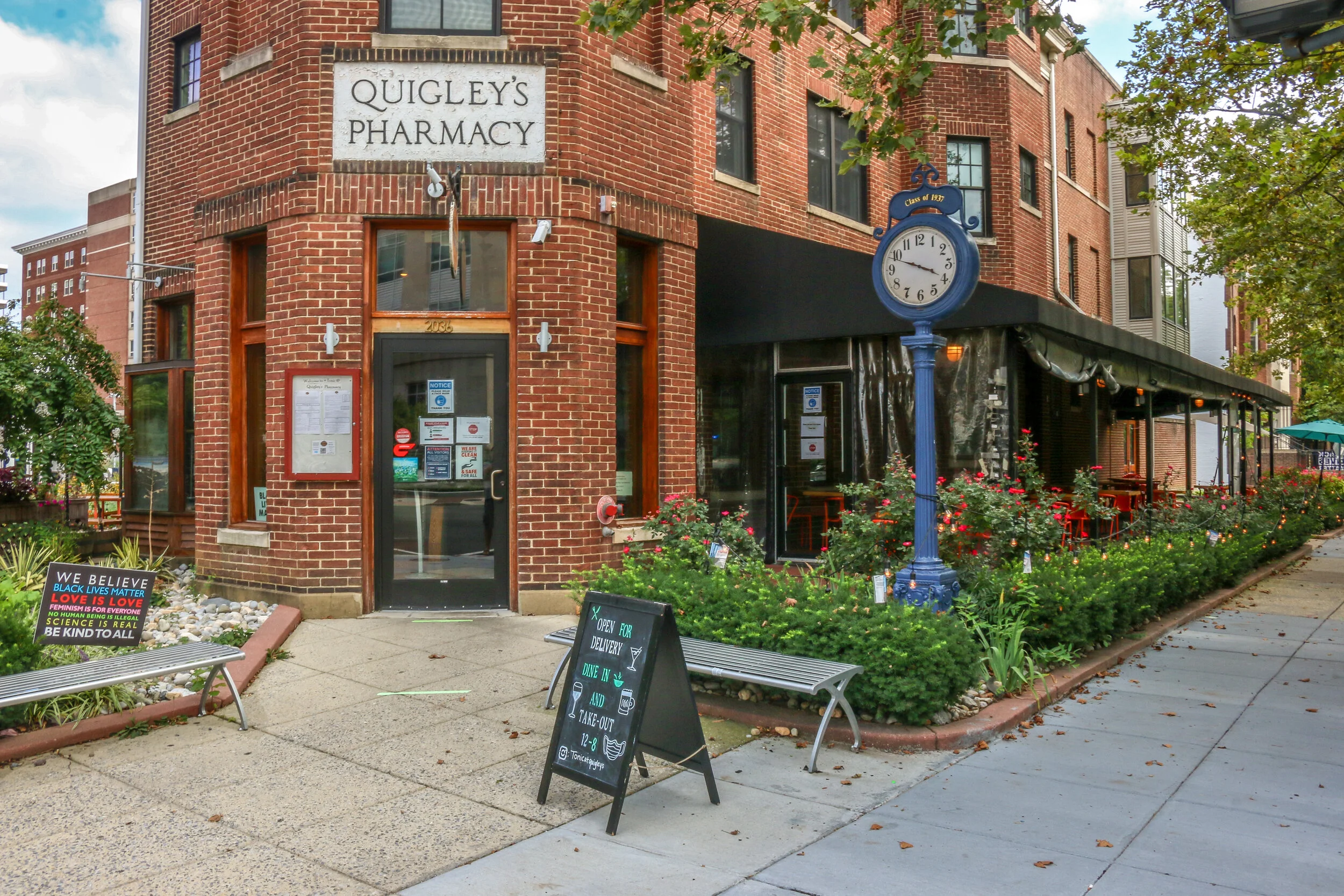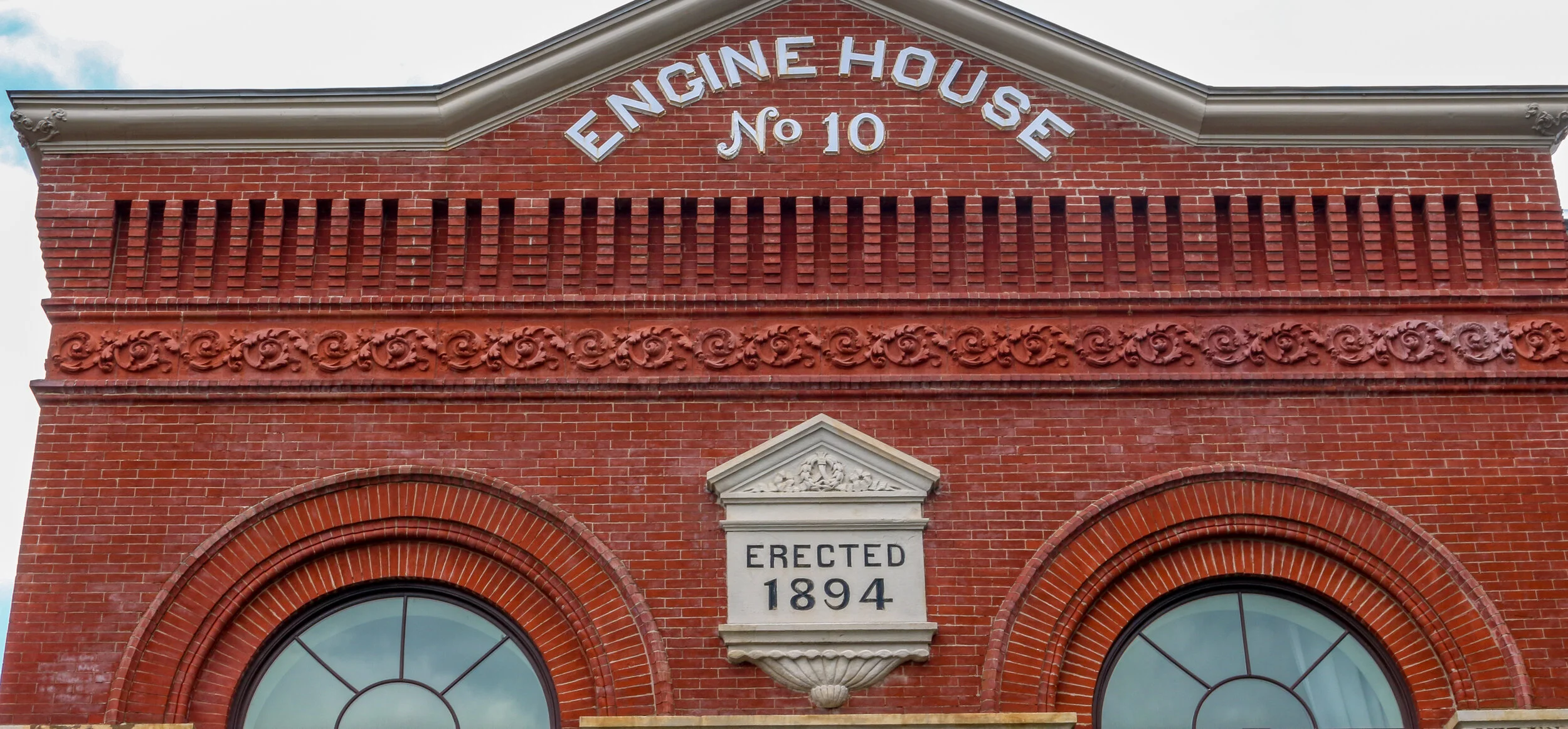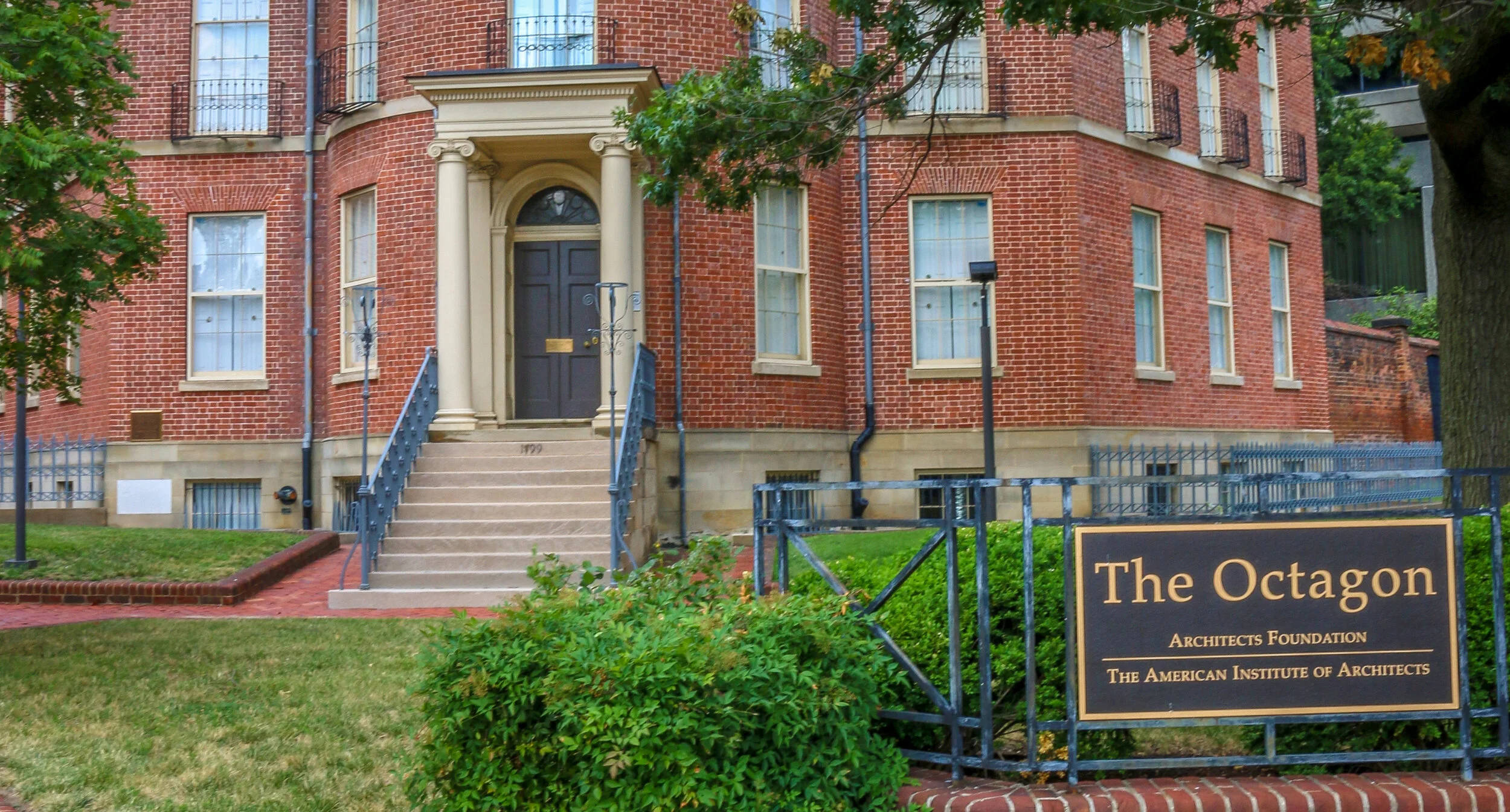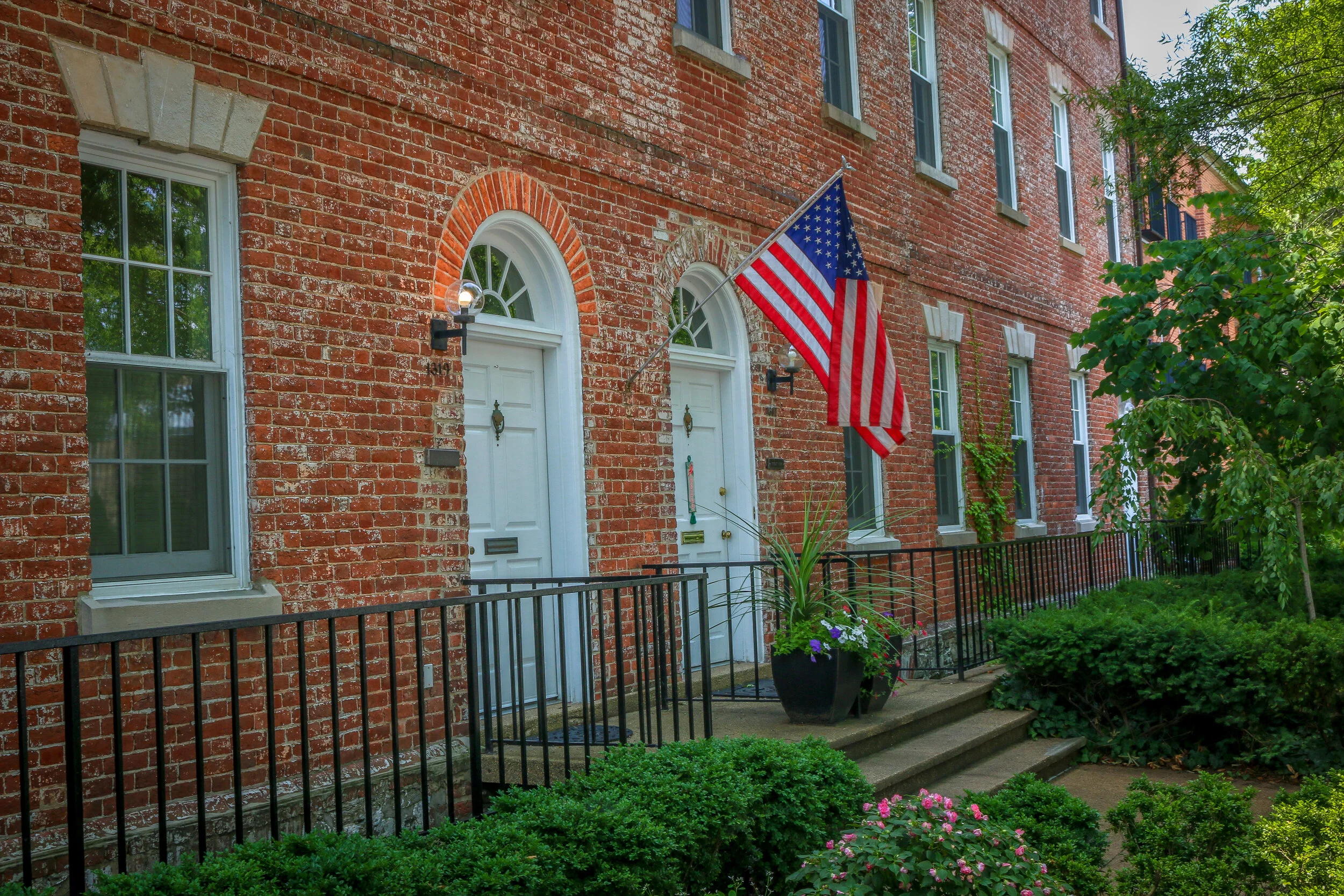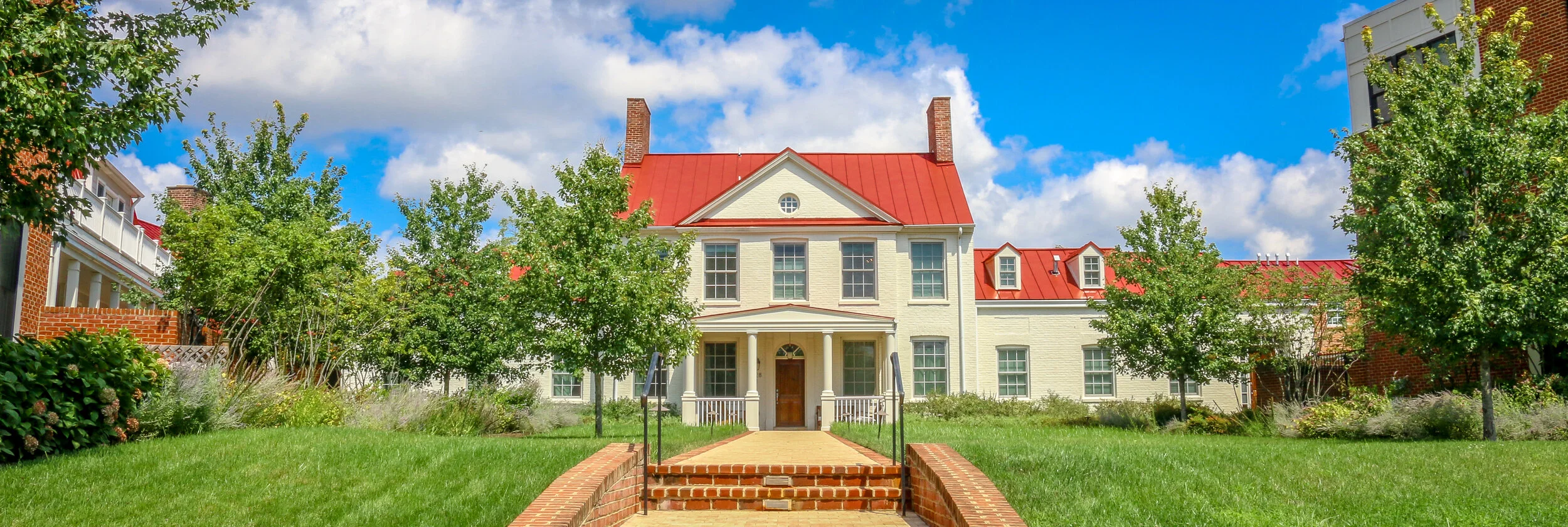Hello Everyone! It’s December! That means 2020 is almost over and it’s Christmas season which are both things that make me happy. It’s definitely getting dark early these days which is not my favorite thing in the world. While I love the nighttime and the dark, I really prefer my daylight to stretch until at least 6. Thankfully it’s only three weeks until the Winter Solstice and then we can start looking towards springtime. The good thing about it getting dark earlier this time of year is that it means more time to see the beautiful Christmas lights and displays in people’s yards. I do love Christmas lights and I know from how many decorations were up for Halloween that this year will be bigger than usual. If you’re still looking for some holiday gifts for friends and family, don’t forget about my beautiful Cloudland Canyon wooden jigsaw puzzle available here from Wentworth Puzzle Company. And if you have any photos of mine that you like, I’d be happy to sell you a print or a beautiful aluminum art piece. You can check out prices at my store here, and know that I can do any photo you want, not just the ones featured there – don’t hesitate to reach out and we can make it happen.
I had a big little win this week which definitely made me smile. At the very beginning of this adventure when I was trying to build a blog from the tiny fishing village I lived in in Japan, I started to look for web addresses which would suit the project. I have always loved the Robert Frost poem which inspired the name for this blog, and was trying to figure out how to make it all work. When I looked up milestogobeforeisleep.com, it was available, but for a cost of like $1500. No page would be worth that to me, so I settled on its catchy but somewhat more complicated twin, miles2gobeforeisleep.com. I’m still happy with that decision, but the “2” can make it harder for people to remember etc. I’ve kept my eye on that page for ten years now and last week whoever owned it finally gave up the ghost and I snatched it up the very next day. It’s kind of silly at this point, but like I said it was a very small victory and it made me happy.
I also had a really nice offer come in this week from my friend Kim who owns and operated Up The Keys tours in Key West. She is planning on doing some sailing for a few months this winter and wanted to know if I would come and run her business for her while she was gone. It was a wonderful offer and I was very touched and humbled that she would ask, and who wouldn’t want to spend the winter in Key West? Any other time and I would jump at this, but I’m just not comfortable with guiding tours right now, not until I get a vaccine which is hopefully just months away at this point. I think I’m here in D.C. until that happens, which I’m not unhappy about, but I will be dreaming of the Keys for the next few weeks. I know when the time is right that something great will come along. It always does for me.
We had a wonderful Thanksgiving last Thursday with my brother and his family in New Hampshire. He cooked up a real feast and I was definitely impressed with his cooking ability. It was a day of food and festivity and a very relaxed one at that…



